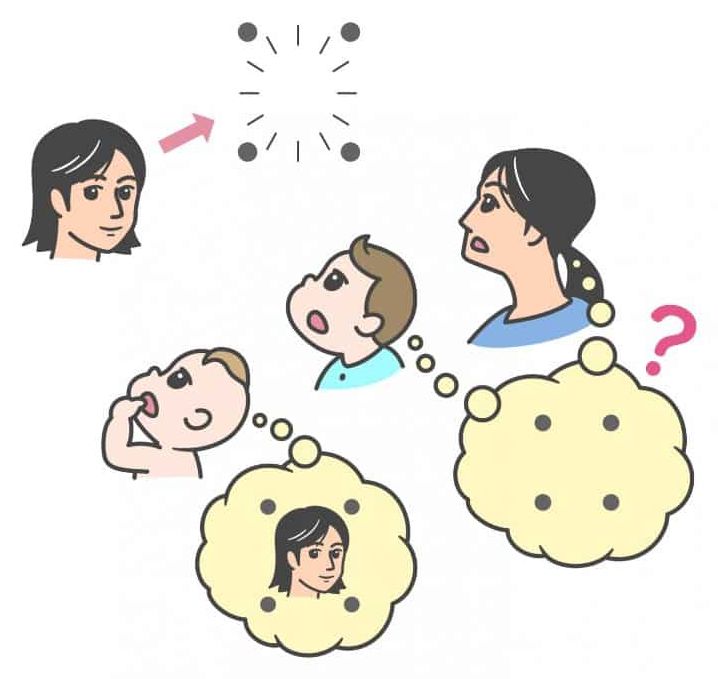The results of the study demonstrated that the mechanisms for visual perception change drastically in the second half of the first year of life, from the bottom-up system to the system incorporating top-down processing.
Summary: Study reveals very young infants can perceive objects that older infants, children, and adults can not see due to a phenomenon called visual backward masking.
Source: Chuo University
We can generally recognize an object, even if it is presented for a very brief time. However, if another object appears immediately following the first object, the perception on the first object is impaired such that we do not notice its existence.
This perceptual phenomenon, called “visual backward masking,” is used in vision science to study how visual perception is processed in the brain. Interestingly, this phenomenon occurs even if the second object does not spatially overlap the first object, such as a contour or four dots surrounding the object.
